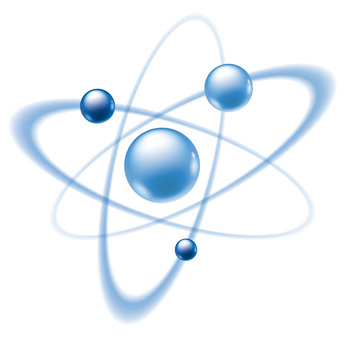Basics Oxygen – triplet oxygen vs. singlet oxygen

Triplet oxygen = ground state / Singlet oxygen = activated state
Triplet oxygen makes up 21% of the air we breathe and is vital for our survival. Since oxygen cannot be stored by the body we need to breathe continuously to stay alive. In nature, oxygen occurs mainly as a molecule composed of two atoms (O2). 75% of the oxygen we inhale is exhaled unused. Under optimal conditions, only 25% of the oxygen we extract from the air can be absorbed by our bodies.
- Air is composed of approximately 21% oxygen
- Under ideal conditions, our bodies can bind about 25% of the oxygen we take in to haemoglobin (= 1/4)
- 75% is exhaled unused (= 3/4)
How much oxygen can be used by cells and organs?
- Levels of 96% to 98% are normal in arterial blood and a sign that the blood is adequately saturated with oxygen. For men that is about 20.4 ml/dl and for woman approximately 18.8 ml/dl
- Only about 5 ml/dl can be used from cells and organs. This is the difference between the oxygen saturation in arterial and venous blood.
- This means that a maximum of 25% of available oxygen is actually used by cells, organs and tissue.
Oxygen and its energy states
Depending on the energy state, oxygen can be inert or reactive. Here is an example to illustrate what the terms inert and reactive mean here: It doesn’t matter whether water is warm or cold, from a chemical perspective, it is H2O. It is well known that sugar dissolves better in warm water than in cold water. Warm water has a higher energy state than cold water and is thus more reactive than cold water. In exactly the same way, oxygen can also be inert or reactive.
The oxygen in the air around us is predominantly in an inert energy state (triplet oxygen, or 3O2). Inert oxygen cannot be used by the body and must be activated by the body itself so that it can be passed to the blood via the lungs and from there to the individual cells. The active form of oxygen is called singlet oxygen, written as 1O2.
Energy production with oxygen
In most cases sufficient oxygen is able to make its way from the air through the lungs and into the blood (external respiration). Exceptions are seen during medical emergencies, in intensive care patients and in people suffering from severe lung diseases such as COPD or pulmonary fibrosis, emphysema or sarcoidosis. Saturation levels can be easily measured using a so-called pulse oximeter (finger clip). Readings of 96% to 98% indicate that the blood is sufficiently saturated with oxygen. It therefore makes no biological sense to increase the supply of oxygen, given that the blood is already at its maximum oxygen saturation point.
The cause of many disorders lies in the utilisation of oxygen by the mitochondria, the microscopic „power plants“ within our cells. Like in a car’s engine, if the combustion process itself is no longer functioning optimally, there will be less energy produced (ATP – adenosine triphosphate), more toxins released (free radicals) and our lifespan shortened.
Giving the body more oxygen is not the answer! If the engine in a car is badly tuned, it makes no sense to put more petrol in the tank. The solution lies in getting the engine, and the combustion process in particular, back to optimum performance.
